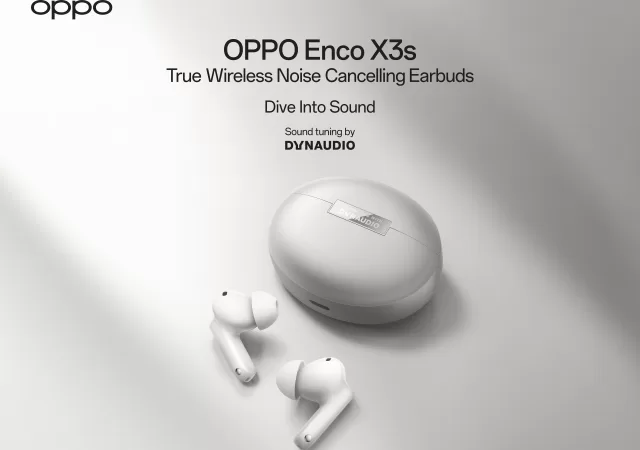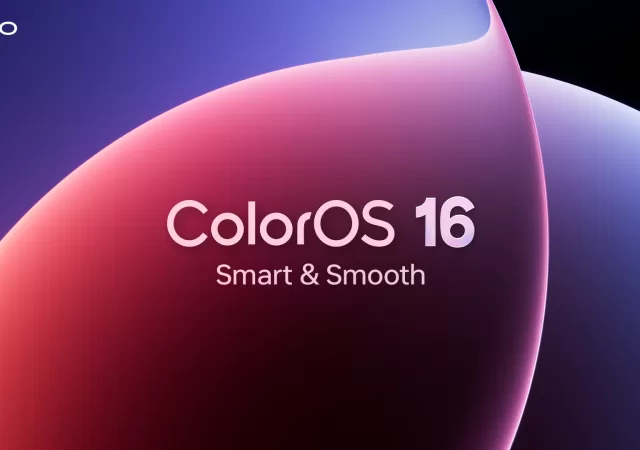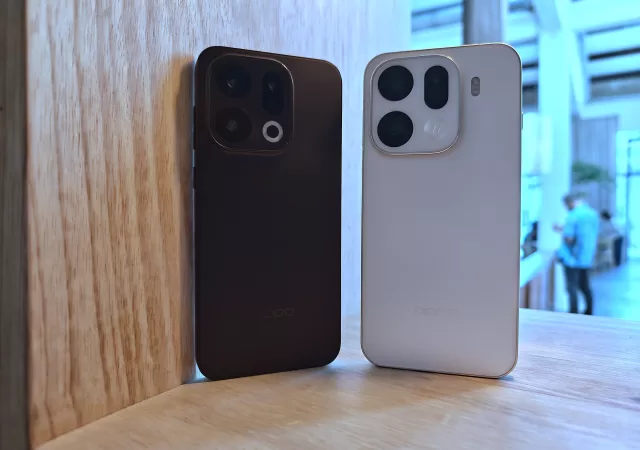Play for Dream Technology, a mixed reality company currently based out of China, is taking Apple’s Vision Pro head-on with its new Play for Dream MR. The new mixed reality headset is not only bringing a lot of the features that made Apple’s Vision Pro notable, but it’s also making some big improvements.
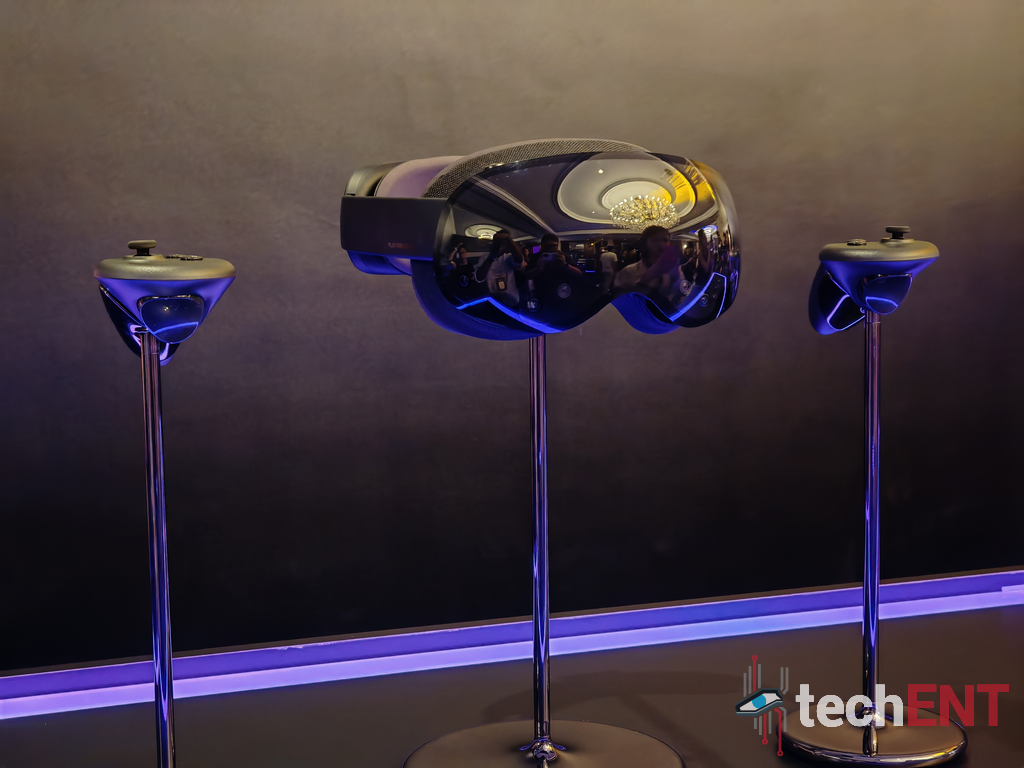
The Play for Dream MR headset runs on the Qualcomm Snapdragon XR+ Gen 2. The processor is built from the ground up for Mixed and Extended-reality experiences. It has 16GB of RAM supporting this processor and is available with up to 1TB of onboard storage. When it comes to optics, the Play for Dream MR comes with two 8K micro OLED screens – one per eye. Unlike other mixed-reality headsets, the Play for Dream MR headset comes with a Pancake optics solution that is developed by the team at Play for Dream Technologies. The company’s solution is made of ultra-lightweight resin which reduces the weight of the lenses tremendously. According to the company, it’s the lightest available right now.
Design-wise, the same approach is also being used when it comes to the design of the wearable. The MR headset is built to not only look futuristic but also be light. The main factor behind this approach is simply the comfort of wearing the headset over prolonged periods of time. The headset is only 33mm thick and even has a built-in battery. You can also get extra juice with an additional power bank for even longer MR sessions. It’s also designed with a 3:2 weight distribution to minimise neck strain.
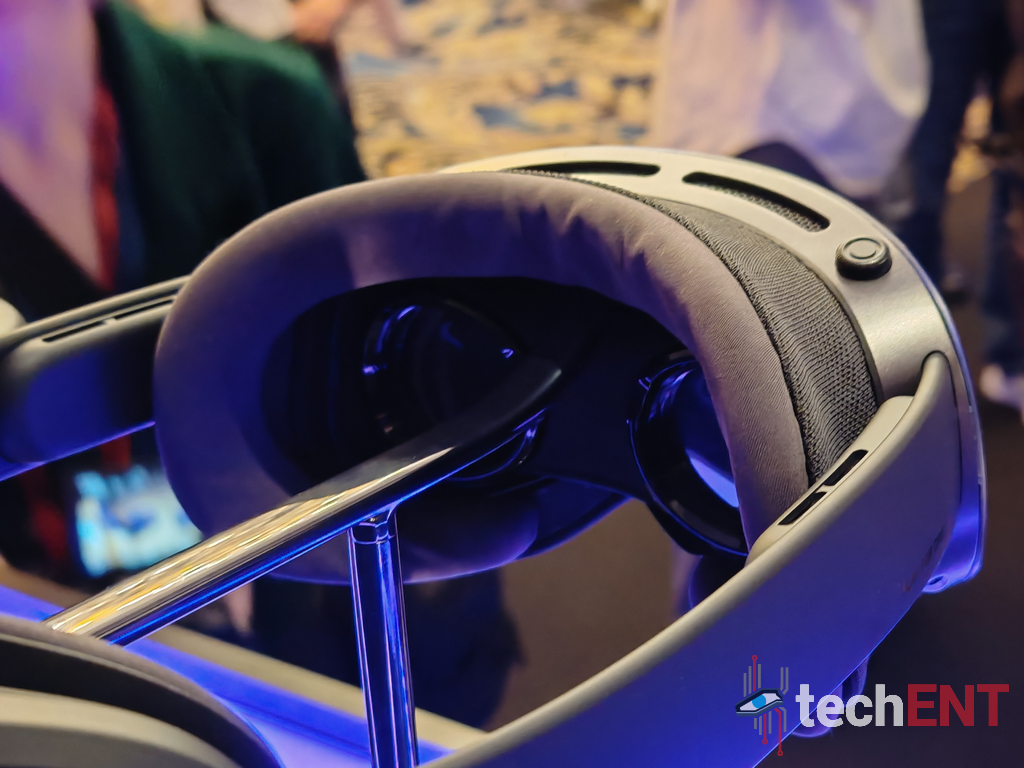
There are a total of 11 high-performance cameras that are paired with 7 different types of sensors and 22 infra-red LEDs for precise multimodal interaction. The main cameras on the Play For Dream MR are dual 32-megapixel sensors which are used for view through for extended and augmented-reality application. In addition, these cameras can also be used to capture immersive, 3D content that can be used with the Play for Dream MR. The MR also has a large 103° field of view with about 45 pixels per degree (PPD).
On top of these specs, Play for Dream Technologies has also developed its own MR OS called DreamOS based on Android. This OS while built on Android expands the capabilities of it to include productivity features, the ability to create 3D content and more. What could be a hallmark feature when it comes to the MR is its AI Assistant, Xiao Hu. The cute, furry little creature is the Play for Dream MR’s visual manifestation of Iron Man’s Jarvis. For now, Xiao Hu is able to handle searches, music composition, translation and precise voice control. That said, Xiao Hu is only one of the AI features that will be coming with the MR.
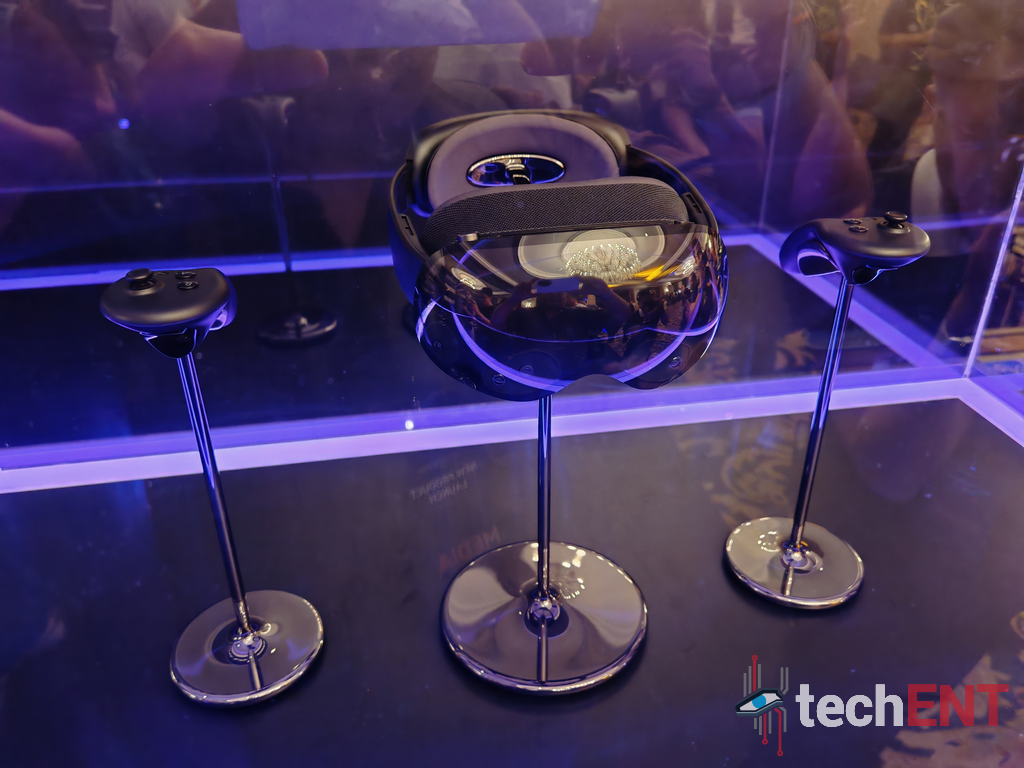
While augmented- and mixed-reality are amazing, it’s not worth much if there’s no content. Play For Dream Technologies is partnering with over 100 content companies to ensure that the platform has a robust app and content ecosystem. In addition, partners like Unity are helping the company figure out apps as both immersive 3D experiences and regular app experiences. When it comes to content, the headset is able to provide an immersive theatrical experience as the in OS screen can provide experiences that mimic a screen that is over 1000-inches big.
The development of immersive content experiences has also influenced the design and features of the headset. The Play for Dream MR comes with speakers that are able to deliver DTS:X audio and IMAX immersive audio. These speakers are developed in partnership with Xperi (the company behind DTS:X) and IMAX. The built-in speakers are able to deliver simulated 7.1-channel audio that has been IMAX Enhanced certified. The built-in speakers are also able to create 3D immersive sound. CEO and Founder of Play for Dream, Huang Feng, mentioned that the company chose to go with built-in speakers to create a more immersive experience but more importantly, to provide an integrated experience that is more conducive to long hours of use. He iterated that using earbuds may not be the best option.
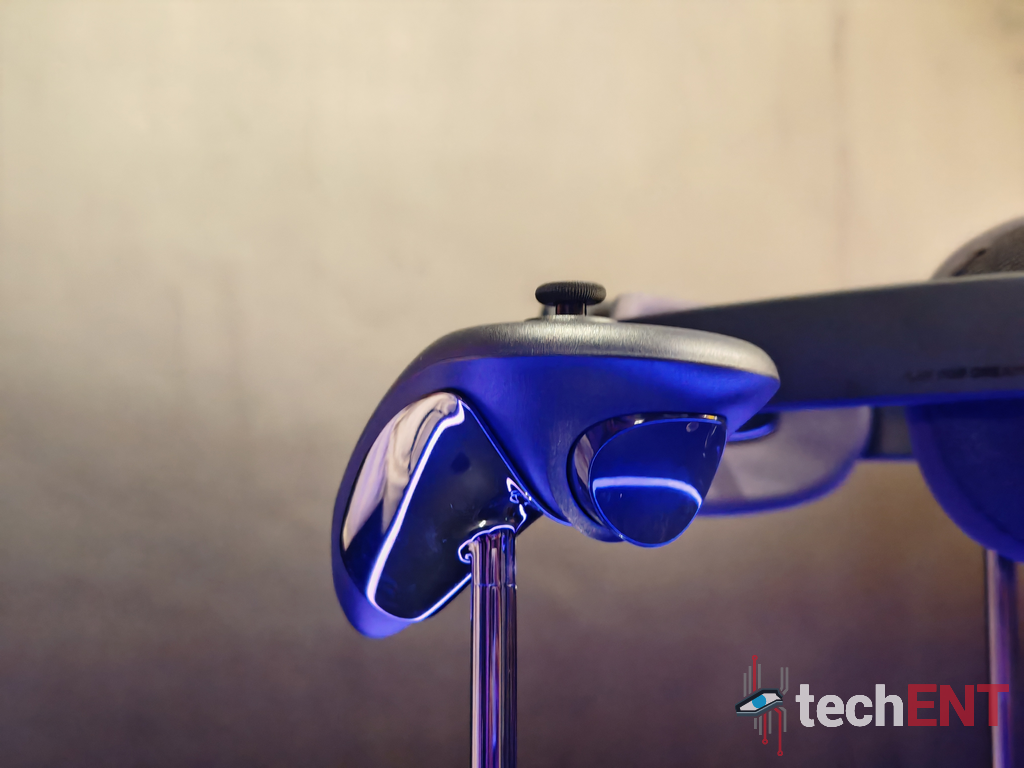
Like other VR headsets, the MR comes with controllers or joysticks. These controllers come with 6DoF and lack the halo design we’re used to seeing in other systems. However, they are more accurate and have better range of movement. In addition, the Play for Dream MR has basic and advanced gesture controls. These gestures are developed in collaboration with Sogou, a company that has already made waves with gestures based controls in the past. These gestures are detected by the large number of sensors on the headset. These sensors are supposedly able to track the gestures with increased accuracy and precision.
Pricing & Availability
The only official pricing announced during the launch of the Play for Dream MR is USD$1X99 – which is a fraction of the price of the Apple Vision Pro. However, the MR will be rolling out officially in Malaysia and Singapore starting in October 2024. Other Asia Pacific countries like Vietnam, Indonesia, Thailand and more will follow in 2025.
We expect that the headset will be priced at about USD$1,899 or just a tad bit lower. However, at this point, the MR is entering a market which is stagnating barring the interest behind the Apple Vision Pro. However, with an option that is not only cheaper, but more open for everyone with a lower price point and what looks like to be a promising competitor that can invigorate the space when it comes to gaming and even how we consume our conent.



